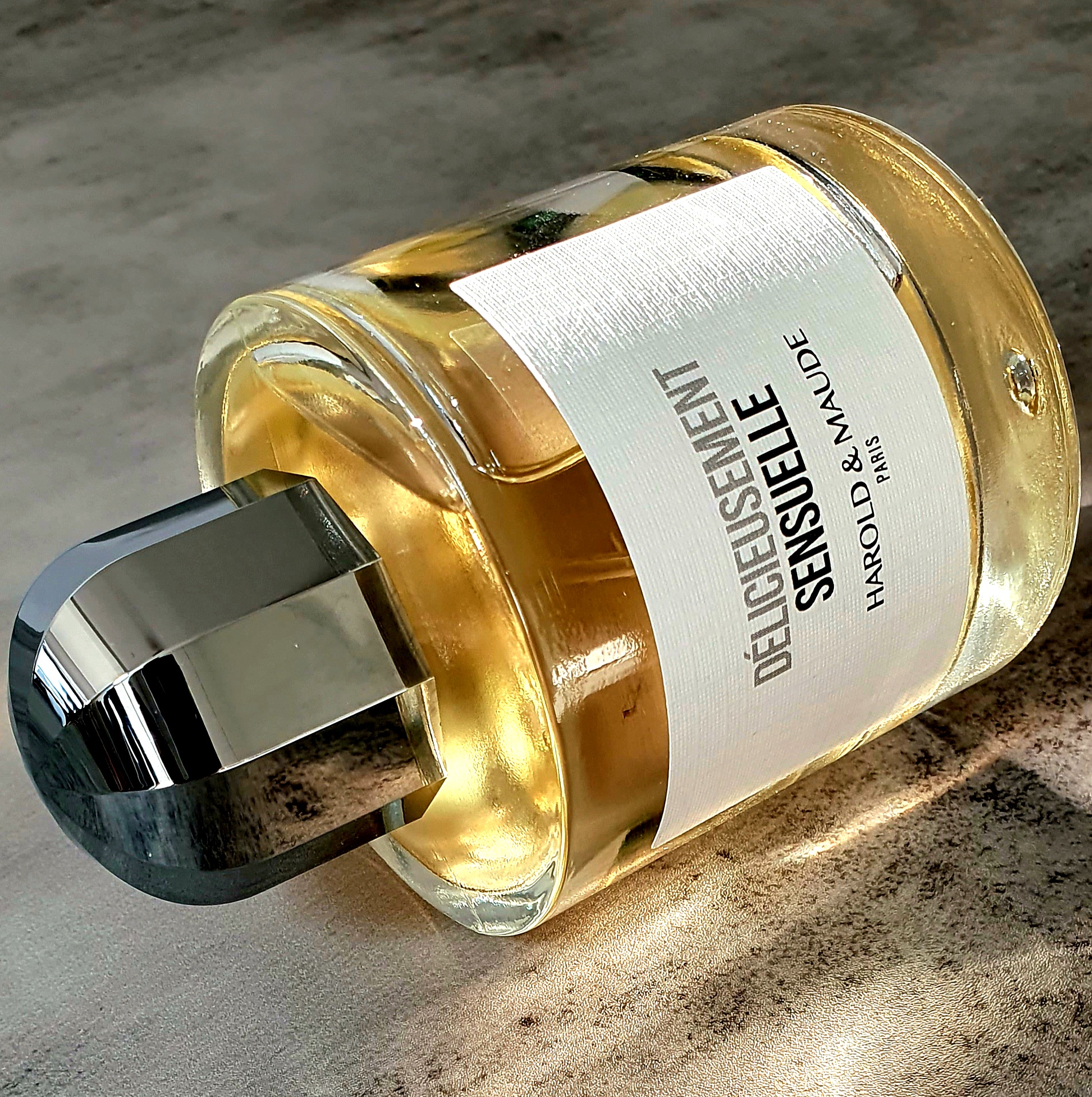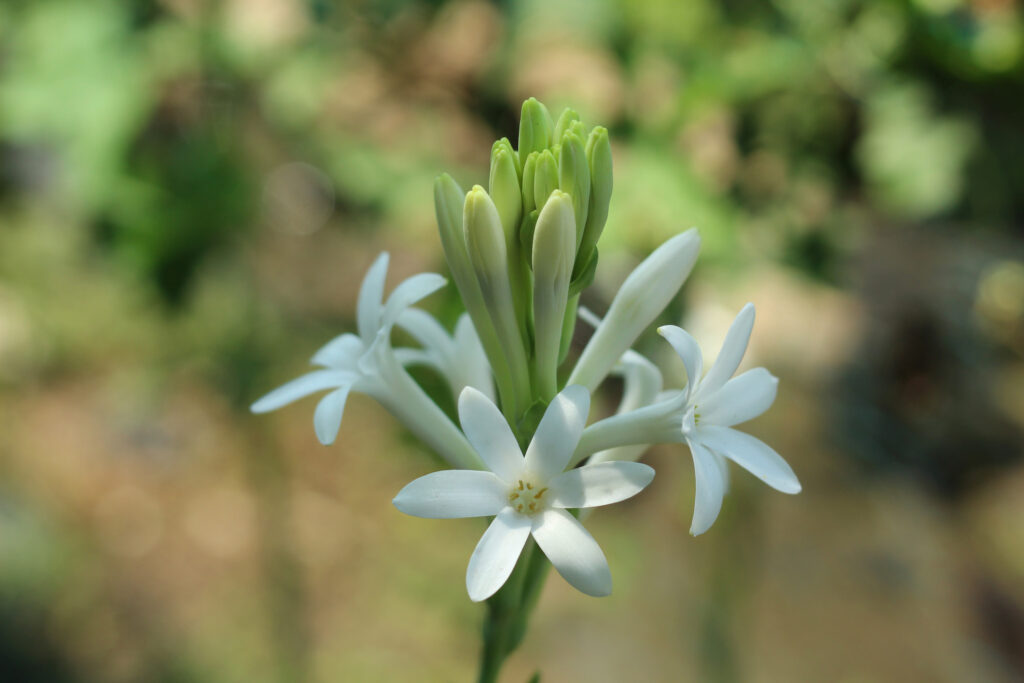
Innocent at first glance, tuberose has a provocative nature! It is often associated with sensuality and has a bewitching, almost addictive power...
Tuberose and its origins
Tuberose is a bulbous perennial that produces white, star-shaped flowers in clusters along a stem that can reach 1.2 m in height. Its leaves are long, narrow and dark green. It flowers from July to October, giving off a powerful, heady fragrance, especially at night.
It originated in Mexico, where it was cultivated by the Aztecs. It was introduced to Europe in the 16th century by the Spanish conquistadors, and spread to royal gardens and greenhouses. For a long time, it was produced in Grasse, the perfume capital of France, but today most of the world's production takes place in India.
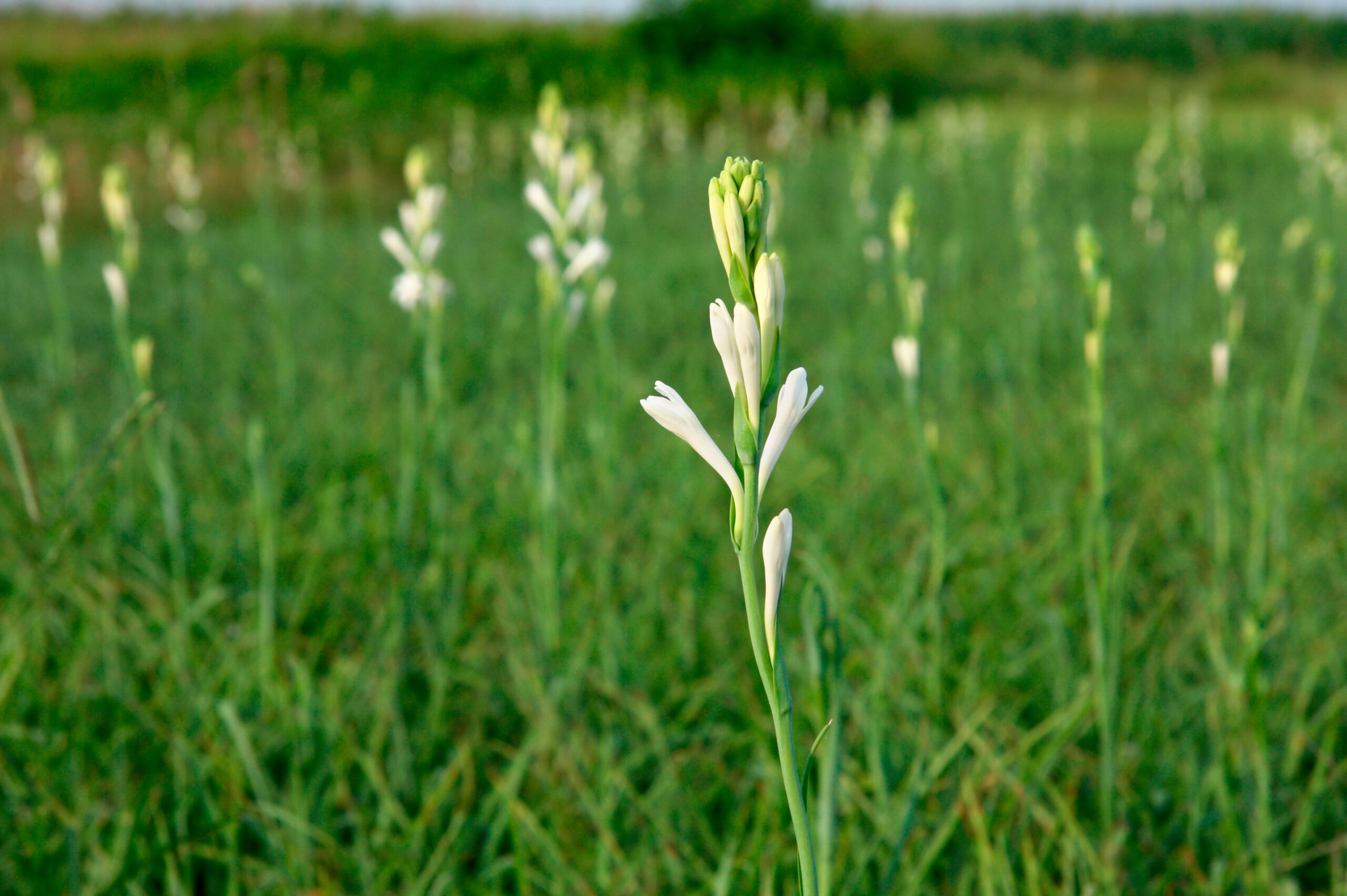
When tuberose was a guest at the court of Louis XIV ...
The tuberose was nicknamed "the flower of scandal" or "the flower of sin" because of its sulphurous fragrance, which was thought to provoke desire and infidelity. It was forbidden to young girls in some countries, and was placed in brides' and grooms' bedrooms to promote fertility!
Tuberose was also associated with death, and adorned coffins and tombs. Its fragrance was a symbol of mourning and melancholy, and it was believed to be able to communicate with spirits...
Tuberose was very popular with Louis XIV, who had it grown in the gardens of Versailles. His mistress, Madame de La Vallière, used it in her bedroom to prove that she was not pregnant, as tuberose was reputed to be unbearable for pregnant women!
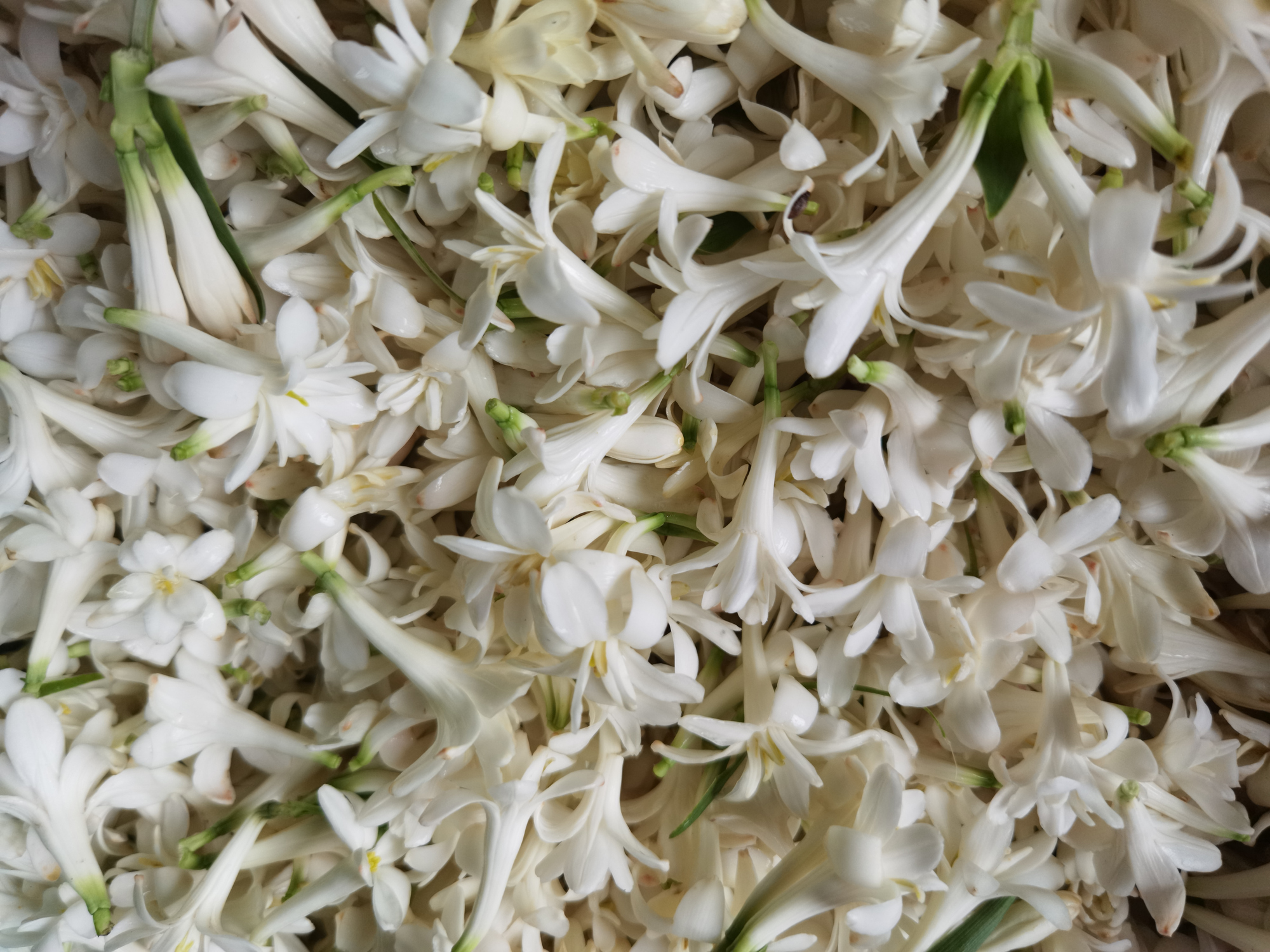
An innocent flower with a provocative character!
Integrated into a composition, it creates a sensual, seductive atmosphere, perfect for playing the diva. Tuberose is a flower that doesn't go unnoticed and leaves an intense olfactory mark.
Considered the most intense of flowers, its fragrance is complex and rich, with floral, milky, honeyed, spicy, animalic and solar facets. Facets of orange blossom or ylang-ylang are sometimes recognisable. Some varieties even evoke the spicy scent of red berries.
Tuberose is used as the heart note in compositions. It adds depth, roundness and warmth. It blends well with other flowers such as jasmine, rose, ylang-ylang, iris and gardenia, but also with woody, spicy, vanilla, amber or musky notes.
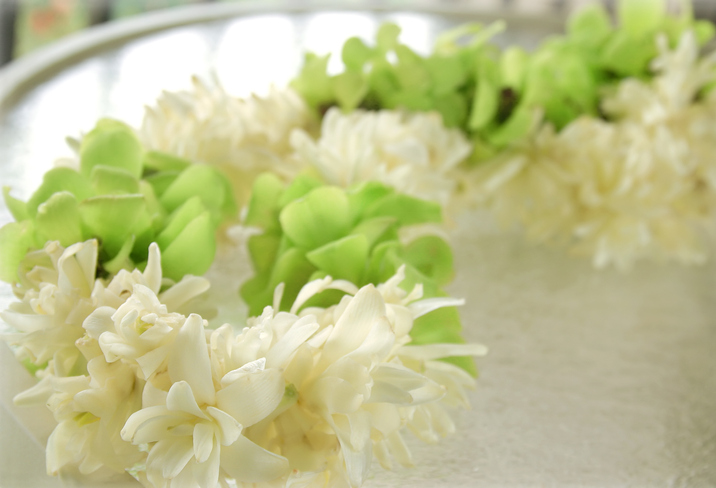
Fragrance and tuberose ...
FRACAS by Robert Piguet is probably the most famous for its blend of tuberose. Created in 1948, tuberose is combined with jasmine, orange blossom, sandalwood and musk.
TUBÉREUSE CRIMINELLE by Serge Lutens (1999) is a daring fragrance with tuberose, mint, hyssop, musk and civet.
DO SON by Diptyque, created in 2005, is a fresh floral fragrance with tuberose, orange blossom and pink pepper.
TUBÉREUSE VERTIGINEUSE by Molinard, created in 2015, is a floral and green fragrance, with tuberose, bergamot, jasmine, lily of the valley, cedar and musk.
DELIGHTFULLY SENSUAL by Harold & Maude dresses the skin in the scent of roses, jasmine and lavender. tuberoseThe scents of incense, cinnamon and saffron on a unique base of vanilla absolute, precious woods and musk...
Article written by Christian Paindavoine, Founder of La Maison HAROLD & MAUDE

©HAROLD & MAUDE 2023
